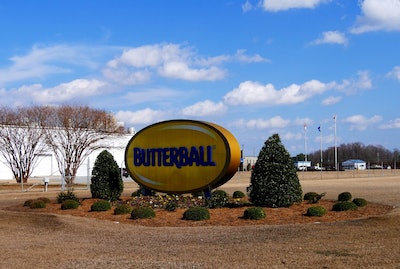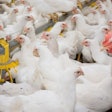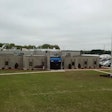
Seaboard Corporation, which holds a majority interest in Butterball, reported a significant year-over-year increase in income from its investment in the United States’ largest turkey company.
In releasing its financial results for the second quarter of fiscal year 2023, which ended on July 1, 2023, Seaboard announced a $16 million income from affiliates for the quarter, which is up $5 million from the same period of the 2022 fiscal year. For the first six months of FY 2023, income from affiliates on Butterball was $41 million, up from the $27 million recorded for the first half of FY 2022.
In a Form 10-Q on the Seaboard Corporation investor relations webpage, the company stated that Butterball’s net income improved during both the first half and the second quarter because of an increase in sales, largely attributed to an increase in the average selling price (a 7% increase for the second quarter and a 12% increase for the first half).
A stronger mix of value-added products also added to this improvement, the company stated. One new Butterball value-added product launched during the second quarter was Butterball Hearty Turkey Sausage, a product touted as a bun-length butcher-style turkey sausage link that comes it two flavors.
Those gains in income during the most recent quarter were partially offset by a $13 million gain from the sale of a business during the second quarter of FY 2022.
Also during the second quarter, it was announced that Butterball and Darling Ingredients were exploring the possibility of jointly building a rendering plant adjacent to Butterball’s turkey plant in Mount Olive, North Carolina.
Looking forward
Seaboard stated in the Form 10-Q that the company anticipated its turkey segment to remain profitable for the remainder of the fiscal year, although, “management is unable to predict market prices for turkey products and the cost of feed for future periods.”

















